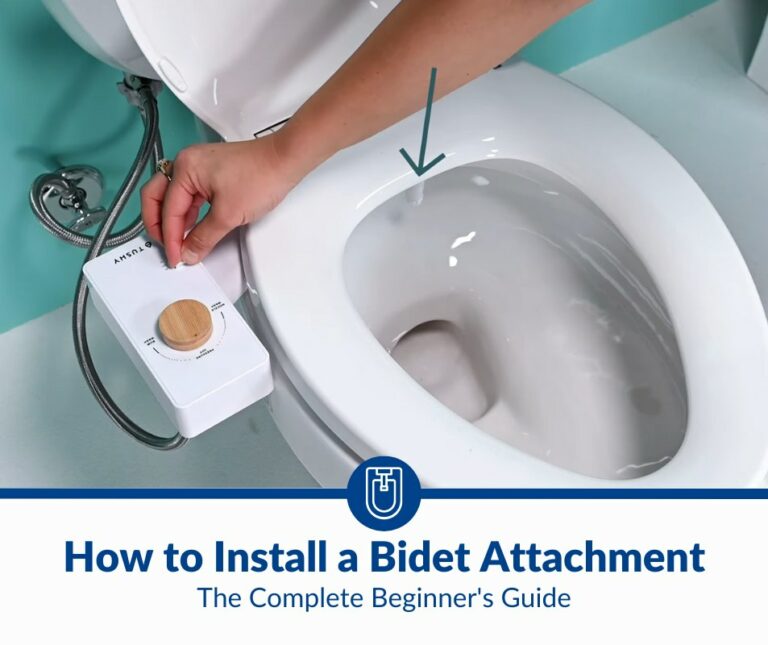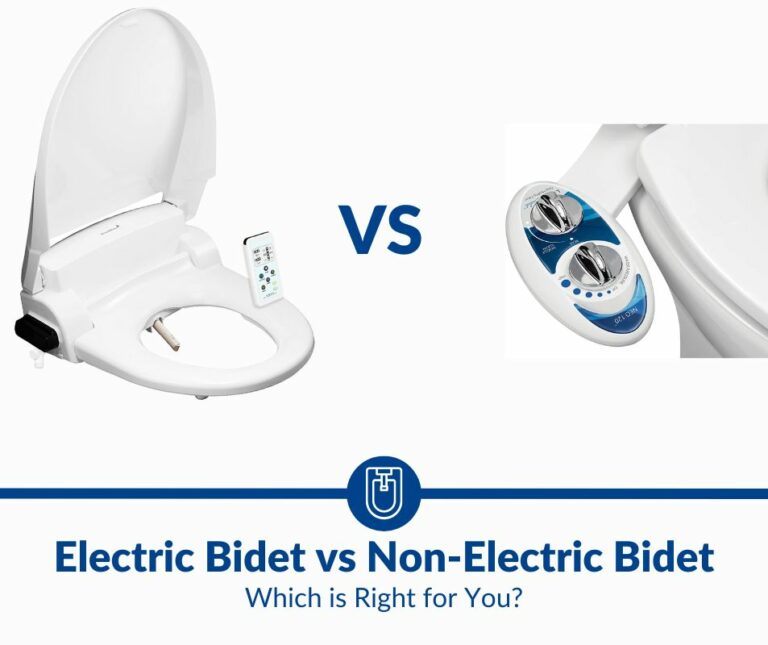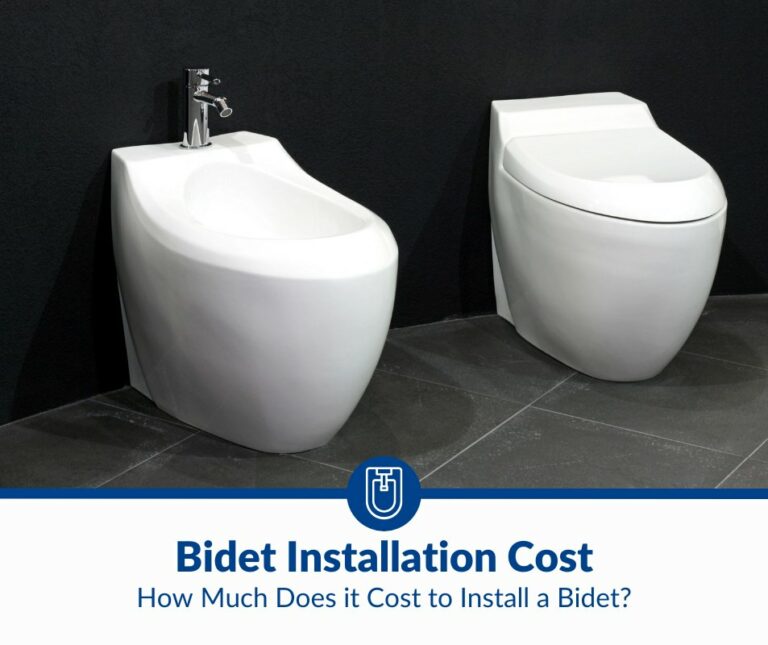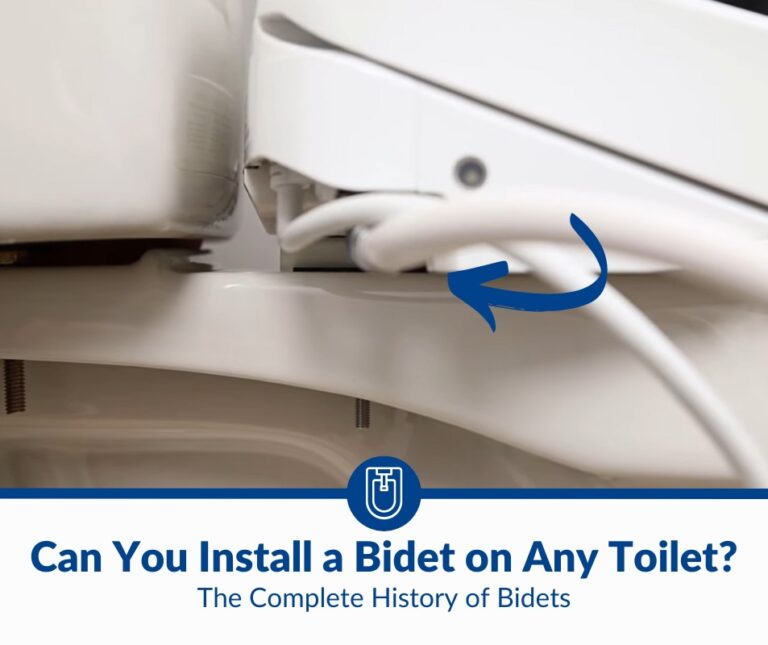Bidet Etiquette: Everything You Need To Know
Whether for environmental or health reasons, many people are starting to use a bidet instead of wiping with toilet paper. But what are the social rules you should follow when using a bidet?
Use a bidet to wash yourself and keep it clean by wiping down the nozzle afterward if needed. Lather with soap for better cleaning, and use a towel instead of toilet paper. Always ask for permission if you’re at someone’s home, and never relieve yourself in a standalone bidet.
By the end of this article, you should be able to comfortably use any bidet you come across without the risk of offending anyone. Let’s get started!
The Correct Way To Use a Bidet as a Man or Woman
The bidet may be popular in a number of European countries, but it seems Americans are slower to accept the bathroom fixture. Only about 12% of Americans know how to use a bidet. Still, most who try it admit that it feels much cleaner than toilet paper. Here’s the correct way to use any type of bidet:
Learn Which Way To Sit
For the most part, you should be sitting facing away from the tap and nozzle, which would be used to clean your rear end. At times, however, women may prefer to straddle a standalone bidet if they want to wash the front side more thoroughly.
For bidet toilet seats, that means you won’t need to get off the toilet before you start cleaning yourself. Standalone bidets are usually installed in the same direction as the toilet, so you’d sit in the same direction as well.
Note that if you want to straddle the bidet and face the faucet, you must first take off your pants.
Don’t Turn on the Water Until Seated
The last thing you want is to spray water everywhere in the bathroom. While it may feel awkward to turn the faucet from behind you, that still doesn’t mean you can turn on the water before you sit on the bidet.
At low pressure, the water spraying from the nozzle will fall back into the bidet. However, the water pressure can increase rapidly, and you’ll find the bathroom (and yourself) wet with the spray of water. So, it’s always best to sit down before you turn the faucet on so that your backside will block the spray of water.
Wash First, Wipe Later
While your instinct might be to wipe using toilet paper, the primary cleaning should be done using the spray of water from the bidet. Turn on the water by reaching behind you, being careful not to increase the pressure too fast, as that could cause water to splash around and make a mess in the bathroom.
The water pressure should be enough to remove any residual excrement on you, and you can wipe using toilet paper to dry yourself and ensure that you’re fully cleaned. Wiping with toilet paper first is counterproductive.
Females Wash Front To Back
Anyone with female body parts should know that they shouldn’t introduce fecal matter to their more delicate side, which could very easily lead to serious urinary tract infections. The same rule of going from front to back applies when using a bidet. Always wash front to back.
This is why some women straddle the bidet backward to direct water in the correct direction. However, if you’re using a bidet seat, you’ll find it easier not to get up to change your position.
To wash your front side first, bend forwards so that the spray of water is directed towards your delicate parts and start washing there first. You can then readjust to direct the jet of water to your bottom.
Don’t Be Afraid To Use Your Hands
I’ve been talking about “washing,” but many people unfamiliar with bidet may not know exactly what that means. In this context, I would say don’t fear using your hands. The initial spray of water will get most (if not all) of any excrement stuck to your bottom. Use your hands to scrub the area gently and ensure you’re thoroughly clean.
After all, if you had fecal matter on any other body part, you wouldn’t be satisfied that you’re clean until you’ve scrubbed it raw, right?
Soap Is Good, but Not Necessary
On the topic of how you should wash your private parts, you may consider using a mild soap to be extra safe. Most people who use a bidet will tell you that soap isn’t necessary because the water will be enough to clean you thoroughly, as long as you use the bidet correctly.
Also, gynecologists often warn women not to use harsh soaps on their female parts because it could disturb the natural microflora of the vagina. So, I’d say use soap if you want to, but make sure it is unscented and a mild soap. You can skip this step if you want.
Skip the Paper
After you start using a bidet regularly, you should consider getting rid of toilet paper altogether. You’ll find that you reduce your carbon footprint and that using a towel to dry yourself is much more effective.
In fact, the bidet actually uses less water than toilet paper manufacturing. Some high-end bidet toilet seats go the extra mile and include a blow-drying function that allows you to skip the paper and the towel.
Regardless of your chosen method, drying yourself after using a bidet is a must. Putting on your clothes while you’re still wet will likely result in a dank smell developing in your underwear, which is not only undesirable but also unsanitary.
The drying process makes using a bidet slightly longer than using a regular toilet. However, bidets can make you feel much cleaner, making it worth the additional minute or two.
Clean Yourself Don’t Relieve Yourself
Never relieve yourself in a standalone bidet, as it typically doesn’t have the correct plumbing, and it would be considered unsanitary. A standalone bidet is solely used for cleaning, and you should only use it as such.
Even though the bidet’s plumbing can handle it if you urinate into it, it’s best not to do so. There is no way to “flush” a bidet. So, urinating into it will likely cause some urine to stay and stink up the bathroom.
When using a built-in bidet toilet seat, this issue isn’t a problem because you’d be using the same receptacle for both.
Cleaning Your Feet
You may be surprised to find out that some people use the bidet to clean their feet. It’s a convenient bathroom fixture to do so because you can rest your foot on the ledge while you wash it.
If you use the bidet to wash your feet, make sure you wipe down the sides of the bidet. Avoid putting your shoes on the bidet, as mud or dirt from your shoes will make it visibly dirty, and it would be difficult to clean as well.
Some people fill the bidet with water and plug its drain to soak their feet for cleaning, but I don’t recommend this method. The bidet bowl is likely full of bacterial growth, so it would be unsanitary to fill it with warm water, as that would encourage more microbial growth.
Wash Your Hands After
Even though you might have used soap and water to wash your private parts when using the bidet, that doesn’t mean that your hands are entirely clean. It should go without saying that you should always wash your hands after using the toilet and bidet. Make sure to use soap and hot water, and scrub for at least 20 seconds.
Rinse the Bidet After Use
When cleaning your bottom, there is a high likelihood that some particles (of fecal matter) will be left in the bidet bowl. Always rinse it to leave it clean after each use. If you find a spray hose (similar to a shower head) nearby, use it to spray down the inside of the bidet. You could also use a toilet brush if needed.
If there’s no spray hose nearby, you can fill up the bidet by turning on the water at low pressure and then allowing it to empty.
Never Bathe Your Pet in a Bidet
A few people have found the bidet to be a small enough enclosure for bathing a small pet, especially if they don’t have access to a bathtub. However, the point of bathing your pet is to clean them, and a bidet is not sanitary at all.
Because bidets are used to remove fecal matter and contain warm water, they can harbor microorganisms that will make them a pointless place in which to bathe your pet. Besides, if your pet sheds a lot of fur, you’ll end up clogging the bidet. A bidet’s plumbing isn’t the same as that of a regular toilet.
Using Bidets in Public and at Someone’s Home
So far, I’ve discussed how you should use a bidet, but there are some things to consider if you’re using one outside the comfort of your home. Here are a few etiquette protocols to follow regarding bidets:
Ask When Necessary
Some people consider the bidet a very personal bathroom fixture and might take offense if you use it without permission. Even though it’s in the bathroom, where you clearly have access to it, it’s polite to ask before using the bidet at a friend’s home.
The conversation is understandably going to be awkward, but it’s better to ask so you can respect your friend’s privacy and preferences. Some scientists speculate that cross-contamination between people using the same bidet is certainly possible, so many bidet users don’t like to share it.
Wipe Down the Nozzle and Surroundings
If you’re allowed to use someone’s bidet, or when using a public bathroom, it’s best to keep the bidet as clean as possible after you’ve used it. A good way to do that is to wipe down the sides of the bidet bowl from any splashed water or otherwise.
You should also use a tissue (or toilet paper) to wipe the nozzle and the edges of the bidet bowl. Regardless of how careful you are, water is bound to splash around. Wiping down the bidet is a common courtesy.
Use a Fresh Towel
Most people who use a bidet might have stopped using toilet paper for environmental reasons or even just to save money. Regardless of their reasons, they’re probably using cotton towels for drying, as I described above. Towels are considered very personal, and most people don’t feel comfortable sharing them.
As such, you’ll likely find a pile of reusable (washable) towels near the bidet. Always use a fresh towel to dry yourself, and look for the bin of “used” towels to discard afterward. You can also use the same towel to wipe down the bidet after using it. Avoid using towels that look decorative.
Conserve Water
Even though using a bidet uses substantially less water than the toilet paper manufacturing industry, your host is still paying their water bill. They would certainly not appreciate it if you use the warm water spray for a prolonged period, wasting the water and raising the bills.
So, make sure you turn the water on to the lowest pressure you’re comfortable with, and be swift when cleaning yourself. I get it. If you don’t have a bidet at home, you’ll probably enjoy the feeling of warm water spraying you clean. But your friend’s guest bathroom isn’t the place to indulge that sensation. Clean yourself quickly, and get it over with.
Using a Standalone Bidet vs. Bidet Toilet Seat
I’ve mentioned throughout the article that there are primarily two types of bidets:
- Standalone: the type which is a separate bathroom fixture with its own plumbing.
- Bidet toilet seat: a modified toilet seat that transforms a regular toilet into a bidet.
Most of the rules of using a bidet are similar for both types, but there are a few exceptions that you should remember. Here are a few differences between using a standalone bidet and a bidet toilet seat:
- Filling the bidet: You can fill a bidet toilet seat because it is actually just a toilet with an attachment.
- Excretion: While you can use the toilet seat to relieve yourself, you should never urinate or defecate into a standalone bidet.
- Discarding toilet paper: If you happen to use toilet paper, you can only discard it in an actual toilet. That is, in the bidet toilet seat. Don’t discard any toilet paper in a standalone bidet. Note that in some countries, a trash bin is used for toilet paper because the plumbing can’t handle flushing it.
- Washing feet: It’s generally frowned upon to wash your feet in any bidet, but you can still get away with it when using a standalone bidet.
Using a Bidet Shower
Although it’s not actually a bidet, many people consider a spray hose near the toilet to serve the same purpose as a bidet. However, using it is a little trickier than using a bidet because you need to be careful not to wet your clothing. The main advantage is that you completely control where the water sprays.
A bidet shower is also known as a “shatafa in Arab countries. It looks like a hose with a spray nozzle on top that can be controlled using a thumb trigger. It’s considered more hygienic than a typical (standalone) bidet.
Here’s how to use it:
- Use the toilet to do your business as usual.
- Men should direct the bidet shower to their anal area by reaching behind with the sprayer in hand. Women should spread their legs wide and direct the bidet shower from the front.
- Press on the triggered nozzle with your thumb, being careful not to press too hard at first. The more you press, the higher the water pressure coming from the sprayer.
- After spraying away any residual fecal matter from your bottom, use your other hand to rub the area and ensure you’re fully cleaned. Don’t touch the bidet shower (or anything else) using that hand.
- Hang the bidet shower back to where you found it.
- Use toilet paper or a towel to dry yourself.
- Flush the toilet and wash your hands with hot and soapy water.
Note: As usual, women should wash from front to back when using the bidet shower.
You might consider wiping the bidet shower’s spray nozzle before and after use if you feel that it is necessary. However, this isn’t a general practice and is generally deemed unnecessary. Also, remember that bidet showers do not typically come connected to hot and cold water, so you typically won’t have control over the water temperature.
Final Thoughts
It isn’t complicated to figure out how to use a bidet. It’s more sanitary, and once you get used to it, you’ll probably never go back to using plain old toilet paper. Following the etiquette rules mentioned above will allow for a better bidet experience for you and anyone else using the bathroom fixture.







